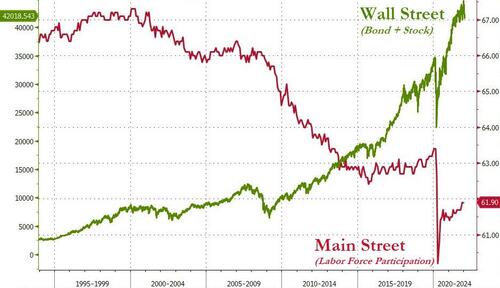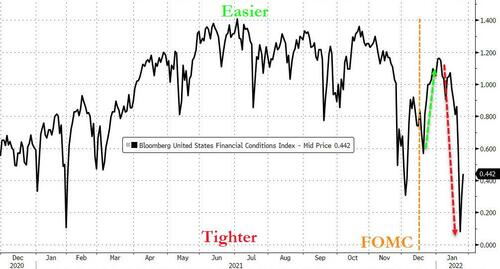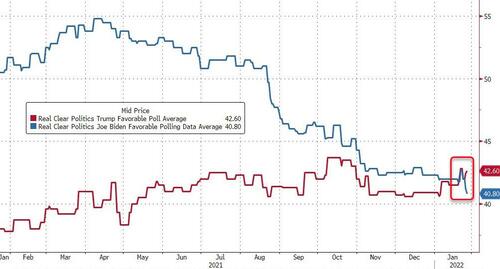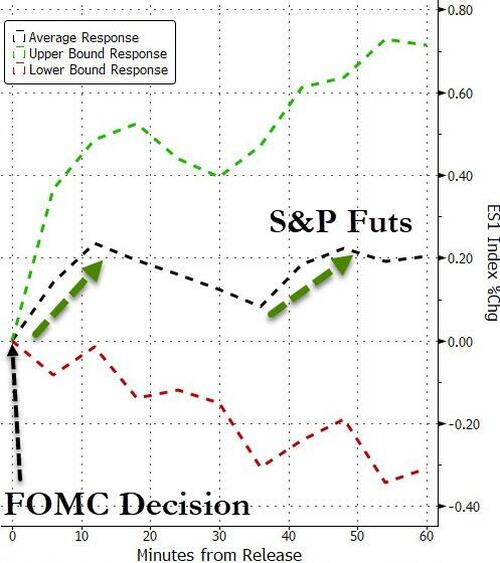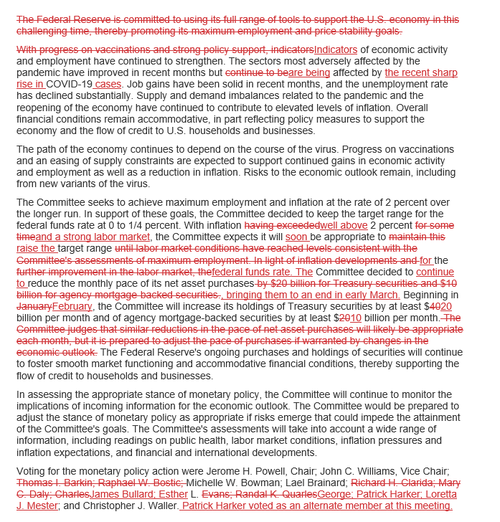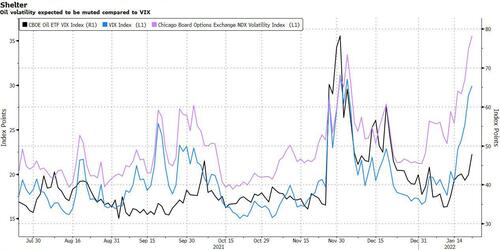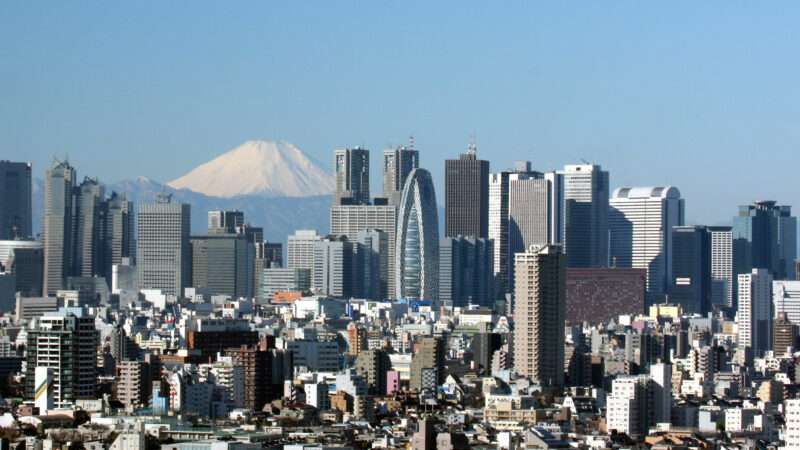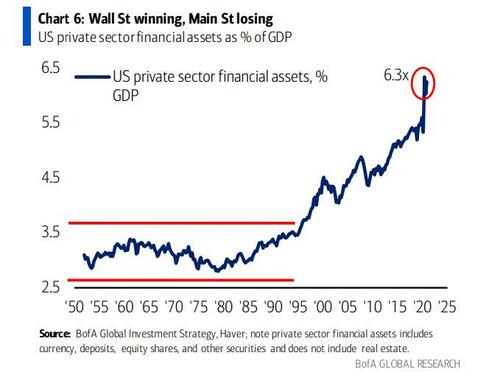Throughout the COVID-19 pandemic, people with different policy preferences (including me!) have played a game that goes like this: Look at a jurisdiction where the government adopted either relatively strict or relatively loose mitigation measures, then present its experience as evidence that you were right all along. Given that more rigorous comparisons of places with different policies have reached conflicting conclusions, such cherry picking remains tempting, despite its obvious drawbacks.
With that caveat in mind, Japanese virologist Hitoshi Oshitani’s analysis of his country’s response to the pandemic is intriguing, not least because it offers some useful tips for dealing with the coronavirus as an endemic disease rather than a public health emergency that dominates politics and daily life. Writing in The New York Times, Oshitani argues that “an effective, science-based message has helped Japan keep deaths lower compared to the numbers in peer countries and could be an example of how to move forward in a world where Covid-19 will always be with us.”
By the end of February 2020, Oshitani says, he and his colleagues recognized three important facts about COVID-19 that were clearly relevant for policy makers weighing the costs of various disease control measures against their likely benefits. First, “the coronavirus was being spread by people who were asymptomatic or hadn’t developed symptoms yet.” Second, it seemed likely that “aerosols—tiny infectious particles or droplets suspended in the air—were playing a role in how the coronavirus was spreading.” Third, retrospective contact tracing, which aims to figure out how a confirmed carrier was infected, indicated that “the coronavirus was being spread predominantly by small numbers of infected individuals who then go on to seed super-spreading events.”
Based on an investigation of clusters in Japan, Oshitani and several other researchers reported in April 2020, “it is plausible that closed environments contribute to secondary transmission of COVID-19 and promote superspreading events.” Oshitani notes that “more data from public health centers in Japan confirmed that most Covid-19 clusters occurred in close-contact indoor settings, such as dinners, night clubs, karaoke bars, live music venues and gyms.”
While all this “has become common knowledge now,” Oshitani says, it informed public policy in Japan from the beginning. At a time when most countries and all but a few U.S. states were imposing broad lockdowns that closed schools and “nonessential” businesses, restricted social interactions, and forbade a wide range of activities, including many that entailed little risk of virus transmission, Japan took a less draconian, more targeted approach.
If COVID-19 “was being spread by aerosols and people could spread the virus before they developed any symptoms,” Oshitani writes, “it meant that Covid-19 was largely invisible and would be extremely challenging to eliminate.” Since “a strategy of containment would be too difficult,” he says, “Japan needed to figure out an approach to living with Covid-19.” The result was a public information campaign that emphasized the importance of avoiding “the three C’s”: closed spaces, crowded places, and close-contact settings. “The Japanese government shared this advice with the public in early March [2020],” Oshitani says, “and it became omnipresent.”
What did following the government’s advice mean in practice? That depended on “individual circumstances and risk tolerance,” Oshitani says. “Some people may be able to stay home. Others may remain silent on crowded trains as they commute to work to avoid spread. Some people may dine out but avoid sitting immediately across from one another. Most people are likely to continue to mask.”
Oshitani notes that social pressures may have played an important role in encouraging such safeguards even by people who otherwise were not inclined to follow them. “Japan has a tendency toward adherence and responding to powerful peer pressure,” he writes. “Not everyone may agree with preventive measures, but many are reluctant to face the disapproval of their friends and neighbors.”
But contrary to the conventional wisdom in most other developed countries, Oshitani says, “drastic measures, such as lockdowns, were never taken because the goal was always to find ways to live with Covid-19.” He adds that Japanese law “does not allow for lockdowns, so the country could not have declared them even if we had thought them necessary.”
How did that work out? “Broadly speaking,” Oshitani says, “Japan has weathered Covid-19 well.” If anything, that is an understatement. According to Worldometer’s numbers, Japan has seen 147 COVID-19 deaths per 1 million people. The rate for the United States is 18 times as high. The U.S. currently ranks 19th on Worldometer’s list of countries by COVID-19 fatality rates, while Japan is 154th. Even U.S. states that imposed lockdowns early and often, such as California and New York, have much higher fatality rates (about 2,000 and 3,300 per million, respectively) than Japan.
Japan is currently experiencing the same omicron surge that other countries have seen. Newly reported cases have exploded since early January. But as in other countries, the increase in daily deaths has been much more modest, thanks to vaccination, naturally acquired immunity, and the relatively mild symptoms this highly contagious variant tends to cause.
Oshitani, who describes the “three C’s” campaign as his brainchild, may be especially inclined to credit that policy for his country’s low fatality rate. He notes that Japan did impose “some travel restrictions for residents” and “has prohibited foreign tourists from entering the country.” Schools were closed in the spring of 2020, although without any measurable effect on virus transmission, and Japan has imposed restrictions on large gatherings. The country also has a relatively high vaccination rate: 79 percent of the population has received at least two doses, compared to 63 percent of Americans.
Nor should the “tendency toward adherence and responding to powerful peer pressure” that Oshitani mentions be discounted. While Americans responded to COVID-19 by sharply curtailing their outings even before they were legally required to do so, lockdowns may have had an additional effect. Given cultural differences between the U.S. and Japan, it is not clear how a strategy focused on warnings rather than mandates would have played out here. And as Oshitani notes, voluntary precautions, even without lockdowns, have a serious economic impact, so it would be a mistake to attribute all the hardships that U.S. businesses have experienced to government policy.
Some countries with much stricter COVID-19 policies, such as Australia, China, and New Zealand, have even lower fatality rates than Japan, while others, such as the U.K. and France, have fared much worse. The most we can safely say based on such simple comparisons is that neither lockdowns nor less invasive policies are consistently associated with death rates. And as I mentioned, more sophisticated attempts to measure the impact of lockdowns have reached divergent conclusions, ranging from large public health benefits to no significant effect.
While that debate will no doubt continue, we are, thankfully, beyond lockdowns now. As The New York Times noted yesterday, even Democratic politicians like Michigan Gov. Gretchen Whitmer and Pennsylvania Gov. Tom Wolf, who imposed some of the country’s most sweeping and arbitrary mitigation measures earlier in the pandemic, did not breathe a word about reviving that approach in the face of the omicron wave. The strategy that Oshitani describes, focused on giving people the information they need to make their own decisions about which safeguards are sensible and which risks are tolerable, points the way forward.
The post Japan's COVID-19 Strategy, Focused on Warnings Rather Than Mandates, Points the Way Forward appeared first on Reason.com.
from Latest – Reason.com https://ift.tt/3KMgaIT
via IFTTT
